Electrolysis of water involves placing two electrodes in water and applying a DC voltage to them. This will cause hydrogen to form at the negative and oxygen at the positive electrode. The alkaline electrolysis systems most commonly used today require an electrolyte to be added to the water, which in its pure form is a poor conductor of electricity.
With the Silyzer 300 system installed in Linz, however, this is not necessary. It’s equipped with proton exchange membranes (PEM) and is therefore able to work with no additives in the water. In PEM electrolysis, electrons are drawn directly from the water molecules at the positive electrode, leaving positively charged hydrogen ions (protons) and oxygen behind. The membrane is permeable only to protons, which pass through it to the negative electrode where they combine with electrons to form hydrogen. The oxygen, which cannot pass through the membrane, remains where it was formed.




